1. The Eye of Providence – $1
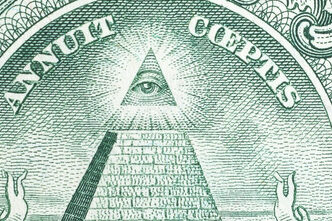
Every U.S. bill carries a story, woven from symbols, slogans, and tiny details most people overlook. The all-seeing eye sitting atop the pyramid on the $1 bill is called the Eye of Providence. It represents divine guidance, watching over the nation’s growth. While it often stirs theories, its true role is simple. It’s part of the Great Seal of the United States, chosen to symbolize protection and higher blessing. Positioned above the pyramid, it reminds us that America’s journey was seen as both human effort and guided vision. It’s history hiding right where your money begins.
2. Unfinished Pyramid – $1
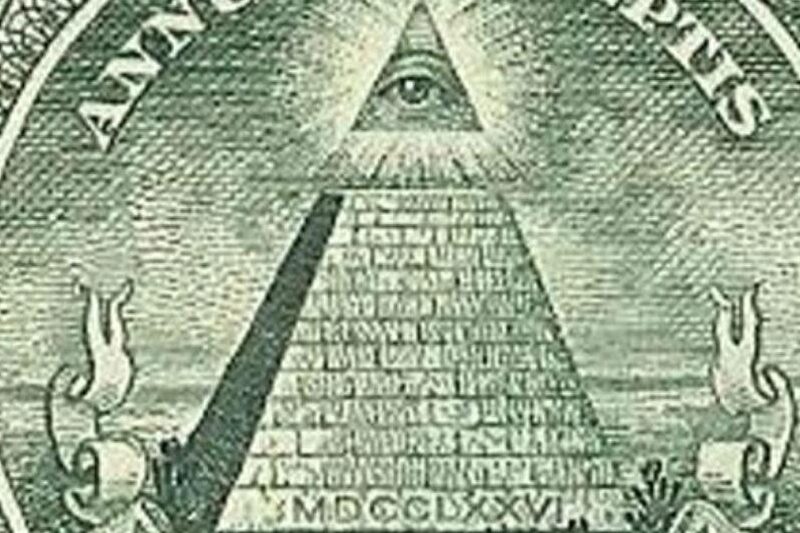
Beneath the Eye of Providence rests the pyramid, and if you look closely, you’ll notice it’s missing the top. That unfinished design is deliberate. The 13 steps represent the original colonies, while the absence of a top signals America’s growth is ongoing. The Founders wanted to remind every generation that the nation was a project still being built. It was both a symbol of ambition and humility. A strong foundation had been laid, but the structure was not complete. Each time you hold a $1 bill, you see a picture of progress frozen in stone.
3. Annuit Coeptis – $1
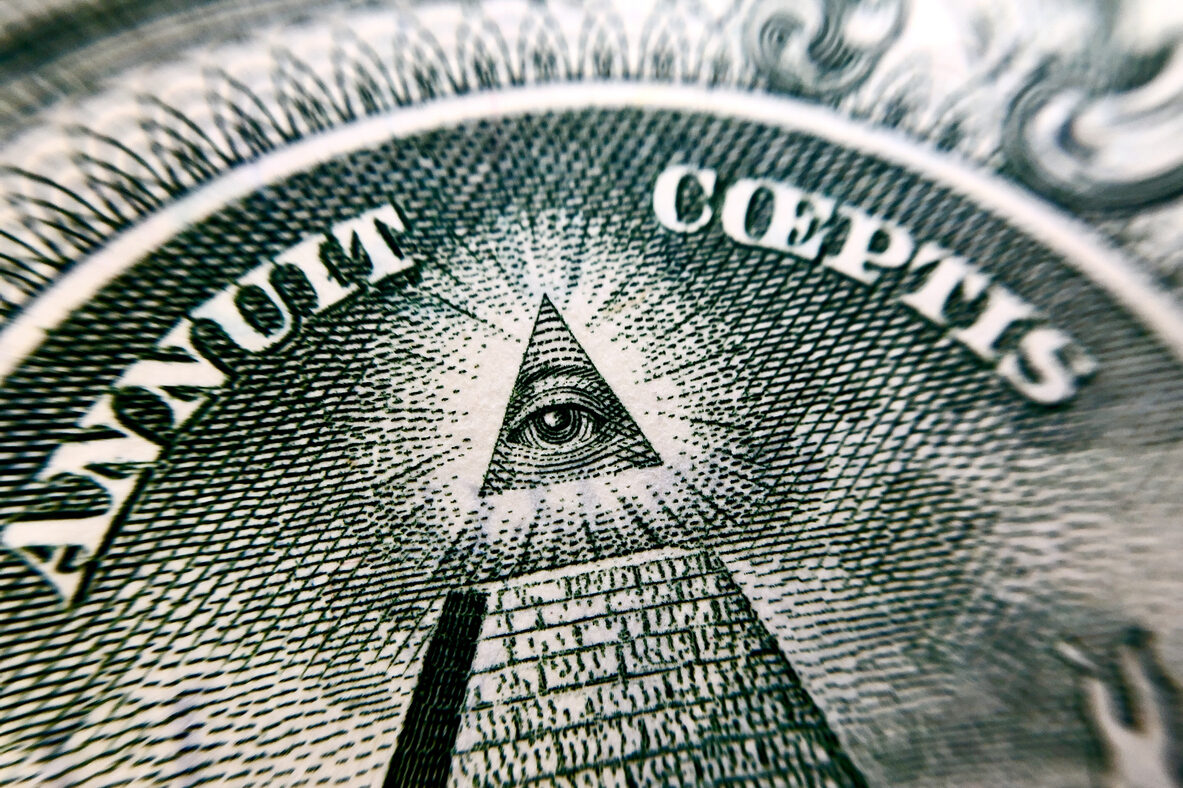
Above the pyramid is the Latin phrase “Annuit Coeptis,” which translates to “He favors our undertakings.” It was chosen to express gratitude for divine support in the founding of the United States. For the early leaders, building a republic was an uncertain experiment, and this phrase expressed trust that their efforts had providence on their side. While the language feels distant today, the meaning is clear: America’s success wasn’t just about politics and strength, but also about faith. Hidden in plain sight, this small inscription on the $1 bill carries a message of reassurance and determination.
4. Novus Ordo Seclorum – $1
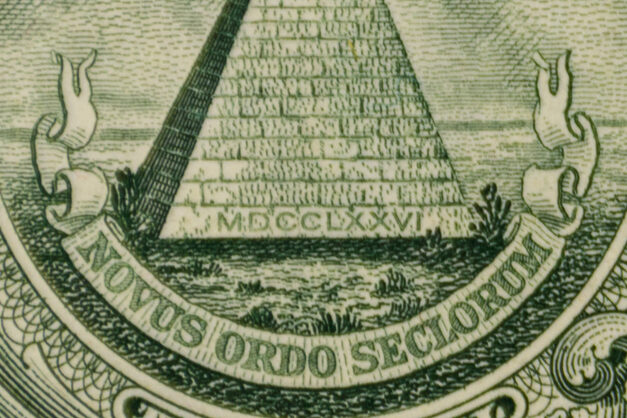
Beneath the pyramid sits another Latin phrase, “Novus Ordo Seclorum.” Translated, it means “A new order of the ages.” It was meant to mark America’s founding as a bold step into history, unlike anything before. A government built on self-rule was unusual in a world of kings and empires. This phrase celebrated a new chapter in human progress. On the $1 bill, it quietly tells the story of optimism, vision, and confidence that the future would be shaped by freedom. Next time you look at it, you’ll see a simple phrase holding a powerful promise.
5. The Bald Eagle – $1
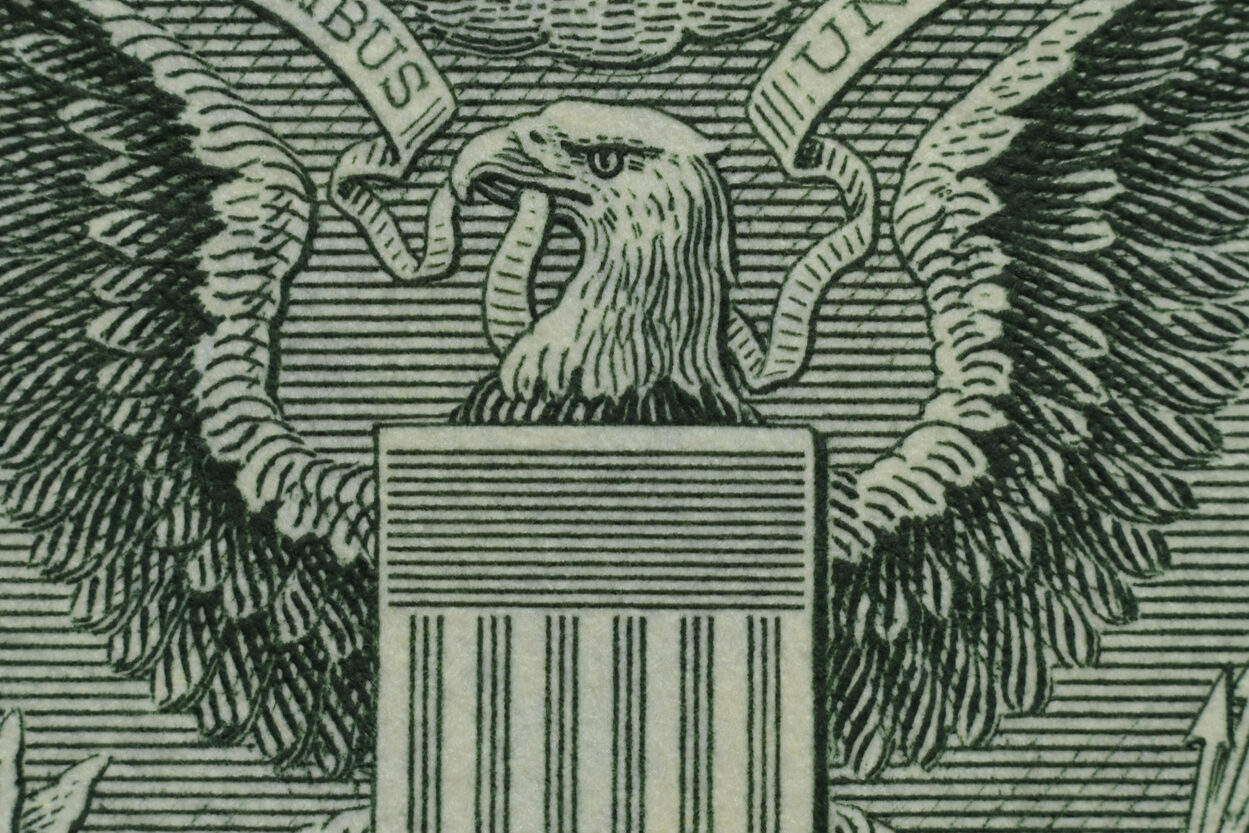
The $1 bill also carries America’s national bird, the bald eagle, wings spread proudly. In its talons, it holds an olive branch in one and arrows in the other. Together, they symbolize the balance between peace and defense. The olive branch shows a preference for harmony, while the arrows stand ready for protection. Above the eagle is a ribbon bearing “E Pluribus Unum,” which means “Out of many, one.” The eagle’s presence on the Great Seal reflects strength and unity. On every $1 bill, this image tells a timeless story of resilience and peace working side by side.
6. The Shield – $1
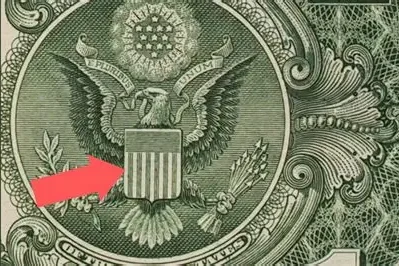
Right in front of the eagle rests a shield, decorated with vertical and horizontal stripes. The design may seem simple, but it carries deep meaning. The vertical stripes represent the original states, while the horizontal band symbolizes the unifying role of Congress. Unlike European shields, there is no crown or royal emblem here. That choice was deliberate. It shows that America’s strength rests in its people and institutions, not in monarchs or inherited power. The shield is unsupported, a reminder that the United States stands on its own. Each detail reflects independence carved into the nation’s foundation.
7. The 13 Stars – $1
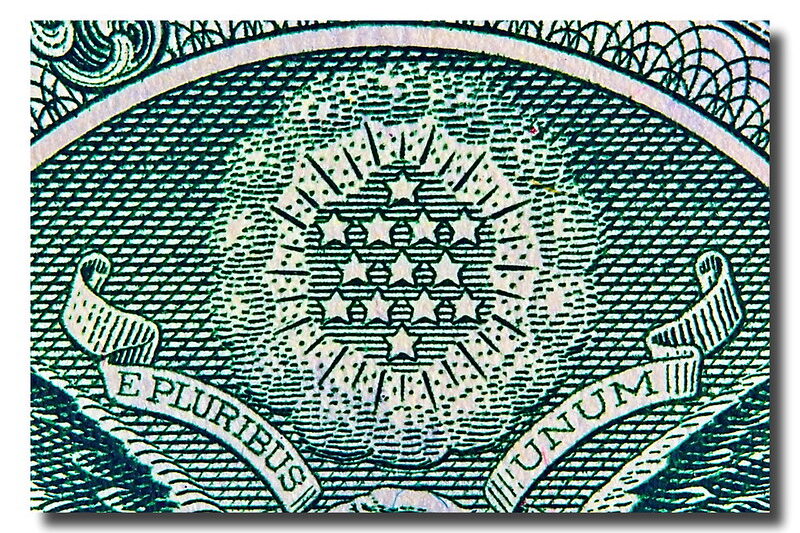
Above the eagle’s head on the $1 bill, you’ll find a cluster of 13 stars arranged in the shape of another star. Each star represents one of the original colonies, brought together to form a unified constellation. This arrangement symbolizes unity and a shared destiny. At the time of independence, America was seen as a new constellation on the world stage, something never before attempted. Though the country has since grown far beyond 13 states, those stars remain, reminding us of humble beginnings. They shine quietly from the bill, honoring the original union that started it all.
8. The Hidden Owl – $1
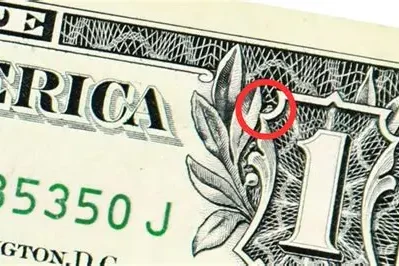
Tucked into the design of the $1 bill is a detail that has stirred curiosity for years. Near the top right corner, close to the large “1,” many people claim they can spot an owl or sometimes even a spider. Officially, engravers never confirmed this as intentional, but the small shape continues to spark imagination. Whether it’s simply decorative scrollwork or a hidden symbol, it remains one of the most discussed features of the bill. It’s a tiny reminder that even in everyday money, mystery and wonder can be found if you look closely enough.
9. The Treasury Building – $10
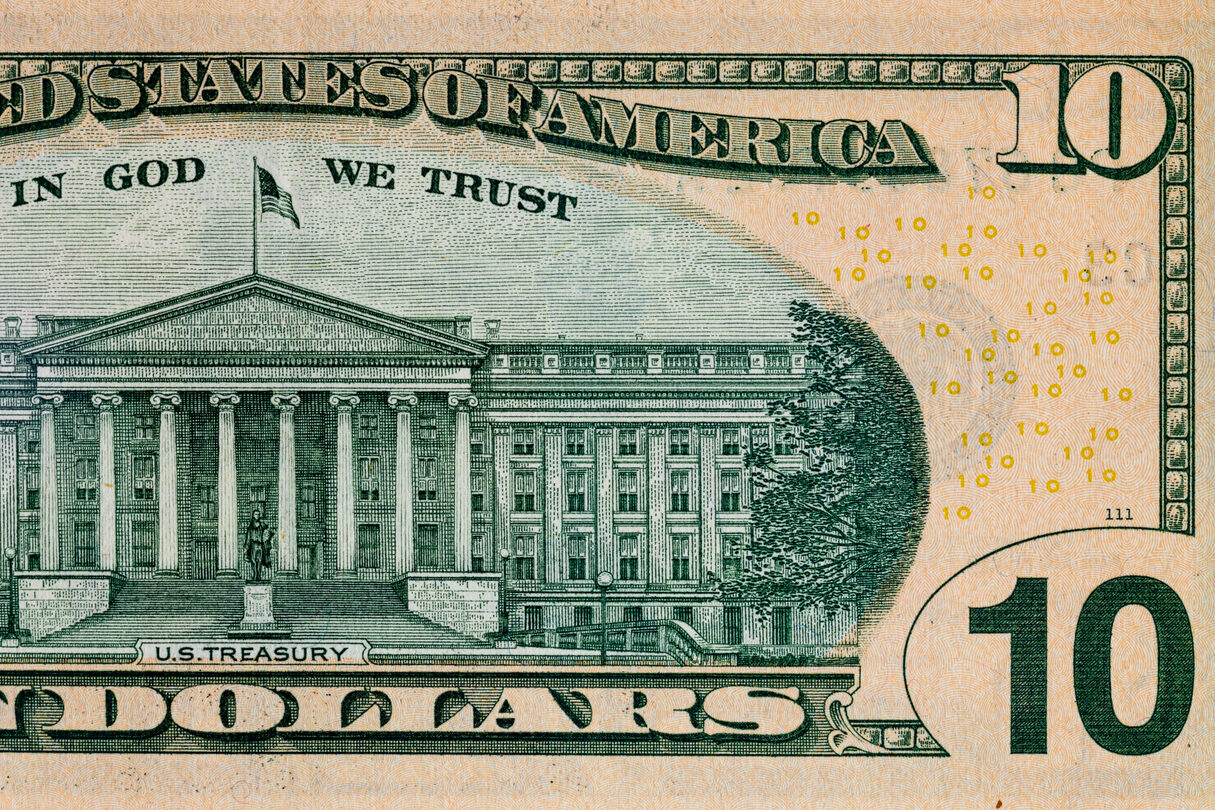
On the back of the $10 bill stands the U.S. Treasury Building, a structure deeply tied to America’s financial story. Its inclusion makes sense, as the front features Alexander Hamilton, the nation’s first Secretary of the Treasury. Out front of the building is a statue of Hamilton, creating a link between the man and the institution he helped shape. The Treasury represents stability, authority, and trust in the financial system. While less secretive than other symbols, it’s an important image. Each $10 bill carries this reminder of America’s foundation in strong institutions and lasting responsibility.
10. Color Shifting Ink – $10, $20, $50, $100
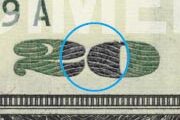
Tilt a modern bill slightly and the corner numbers change from copper to green. This effect comes from color shifting ink, one of the most noticeable security features added to U.S. currency. It was designed to give the average person a quick way to test authenticity without special tools. Introduced in the 1990s, it also made life much harder for counterfeiters, who struggle to replicate the effect. What feels like a simple design choice is actually advanced science at work. That shimmer you see is more than decoration. It’s protection built into your money every day.
11. Portrait Watermark – $10, $20, $50, $100
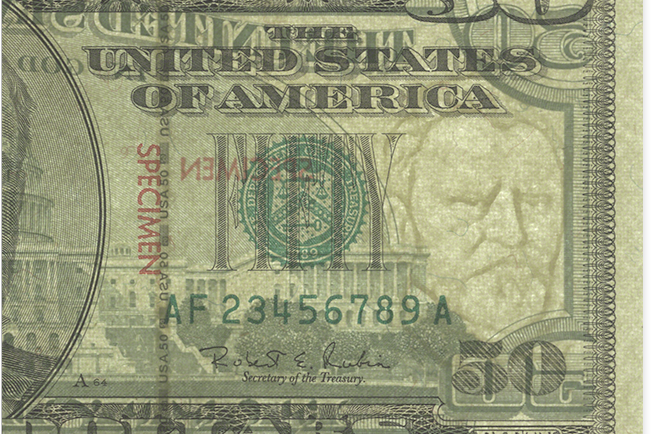
Hold a bill up to the light and you’ll notice a faint image matching the portrait on the front. This is the watermark, carefully embedded into the paper itself during production. It’s not printed but woven into the fibers, making it extremely difficult to duplicate. Every denomination except the $1 has one, serving as a built-in authenticity check. The ghostlike image is subtle yet powerful, a hidden face waiting to be revealed. It proves that modern currency is more than just ink and paper. It’s layered with secrets that protect its value and preserve its trust.
12. Security Thread – $10, $20, $50, $100
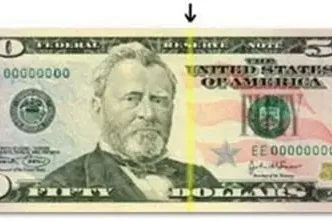
Running vertically through modern bills is a thin strip called the security thread. At first glance, it blends into the design, but under ultraviolet light it glows in distinct colors depending on the denomination. Each strip also carries tiny text repeating the value of the bill, like “USA 20” or “USA 50.” It’s a feature meant to confirm authenticity instantly. Unlike surface printing, the strip is embedded directly in the paper. It serves as one of the clearest defenses against counterfeiting, showing that even hidden inside money, technology works quietly to protect what people carry every day.
13. Microprinting – All Bills
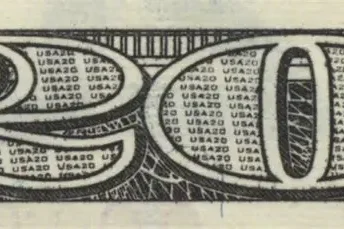
Look closely at the fine lines and borders on your bills and you’ll see something remarkable. Tiny words are printed into the design, so small that to the naked eye they appear as simple lines. This technique, called microprinting, is impossible to duplicate accurately with regular printers. Common phrases like “The United States of America” or “E Pluribus Unum” can be found in hidden corners, often near borders or backgrounds. It’s a clever way of protecting currency from counterfeiters. For most people, it remains unnoticed, but for those who discover it, it’s a fascinating detail of design.
14. Eurion Constellation – $10, $20, $50, $100
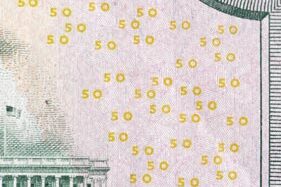
On certain bills, you’ll find tiny yellow circles scattered across the surface, often overlooked as background detail. This pattern is known as the Eurion constellation, and it has a hidden purpose. Modern scanners and copiers are programmed to recognize it, refusing to replicate the design if detected. To the human eye, it looks like harmless decoration. To machines, it’s a stop sign. This clever feature helps prevent counterfeiting in the digital age. Though unnoticed by most people, it sits quietly in the design, guarding your bills without you ever realizing its importance in daily transactions.
15. Raised Printing – $20, $50, $100
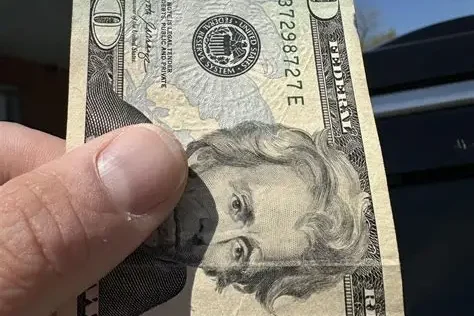
Run your fingers lightly over a genuine bill and you’ll feel a subtle texture. This comes from raised printing, created through a special engraving process. Unlike smooth, flat counterfeits, real currency has ink that stands out ever so slightly on the surface. It’s a detail you can feel without any tools, making it one of the simplest ways to check authenticity. Raised printing gives U.S. money its unique texture, one that many describe as instantly recognizable. That familiar touch is no accident. It’s a carefully crafted feature that has safeguarded America’s currency for generations.
16. Bell in the Inkwell – $100
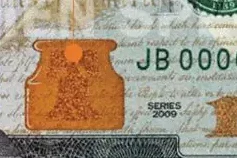
On the $100 bill sits a copper inkwell, and inside it appears a Liberty Bell. The special feature here is that the bell changes color from copper to green when tilted. It’s a clever mix of history and technology, linking the Revolutionary symbol of liberty with modern science. While subtle, it’s one of the more memorable features on U.S. currency. The bell is both a nod to America’s independence and a tool against counterfeiting. For a bill as valuable as the $100, these details matter. Each time it shifts color, it proves authenticity in a single glance.
17. Blue 3D Security Ribbon – $100
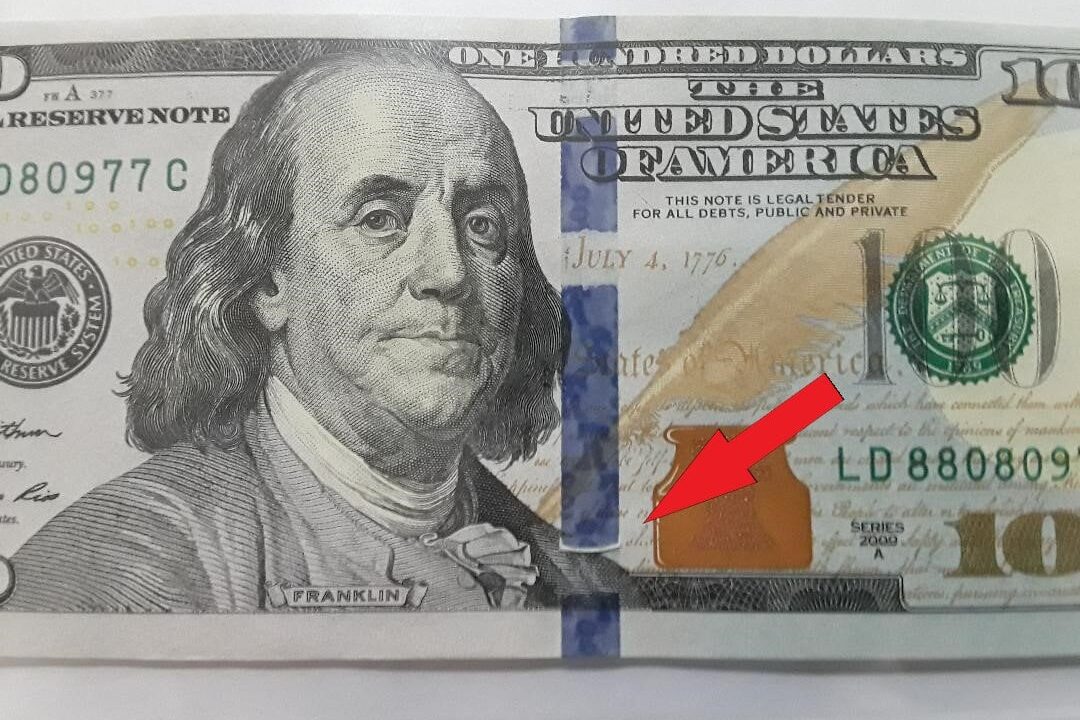
One of the most striking features of the $100 bill is the blue ribbon woven across the front. It isn’t printed but built directly into the fabric of the paper. Tilt the bill and you’ll notice images of bells and 100s moving back and forth. This effect is created by micro-lenses inside the ribbon, producing a three dimensional illusion that counterfeiters cannot copy. It’s both functional and fascinating, almost like a hidden animation running through the money. The ribbon reminds us that modern bills combine artistry and science, protecting every transaction with precision and innovation.
18. Gold 100 – $100
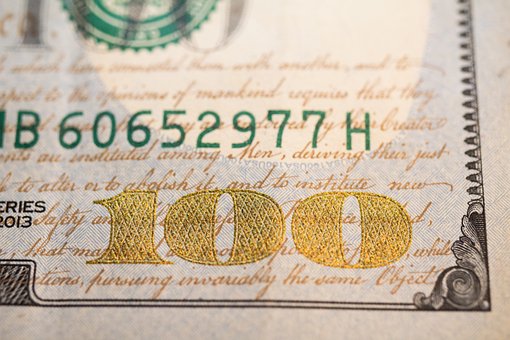
On the reverse side of the $100 bill, a large gold “100” appears boldly in the corner. At first, it might seem like simple design, but it plays an important role. The bright gold coloring helps people with visual impairments identify the bill quickly and easily. It also acts as a barrier against counterfeiting, since the unique metallic ink is difficult to reproduce. In a way, it’s one of the most human features of modern currency, created to make money more inclusive. That shining number reflects both thoughtful design and practical security wrapped into one feature.
19. Independence Hall Clock – $100
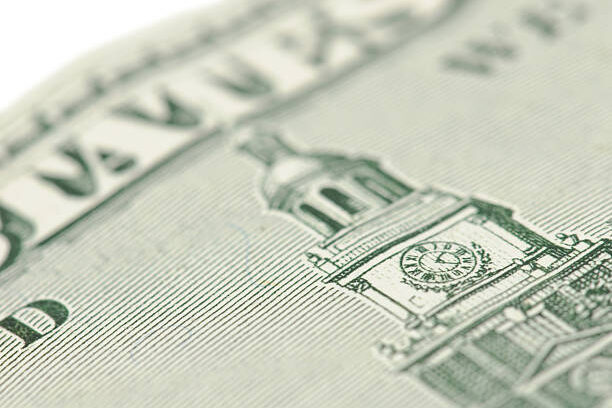
On the back of the $100 bill is a detailed image of Independence Hall, an important landmark in American history. If you look closely at the clock tower, you’ll notice it is set to 4:10. No one knows for sure why that exact time was chosen. Some suggest it relates to Franklin’s history, while others say it was simply a design choice. Whatever the reason, it adds a touch of mystery to the bill. The time frozen on the clock is a reminder that even small details can spark curiosity and conversation for generations.
Your wallet is full of history, hidden in plain sight. Next time you handle a bill, take a moment to decode the symbols woven into the fabric of American currency.
This story 19 Hidden Symbols on U.S. Bills and What They Really Mean was first published on Daily FETCH


